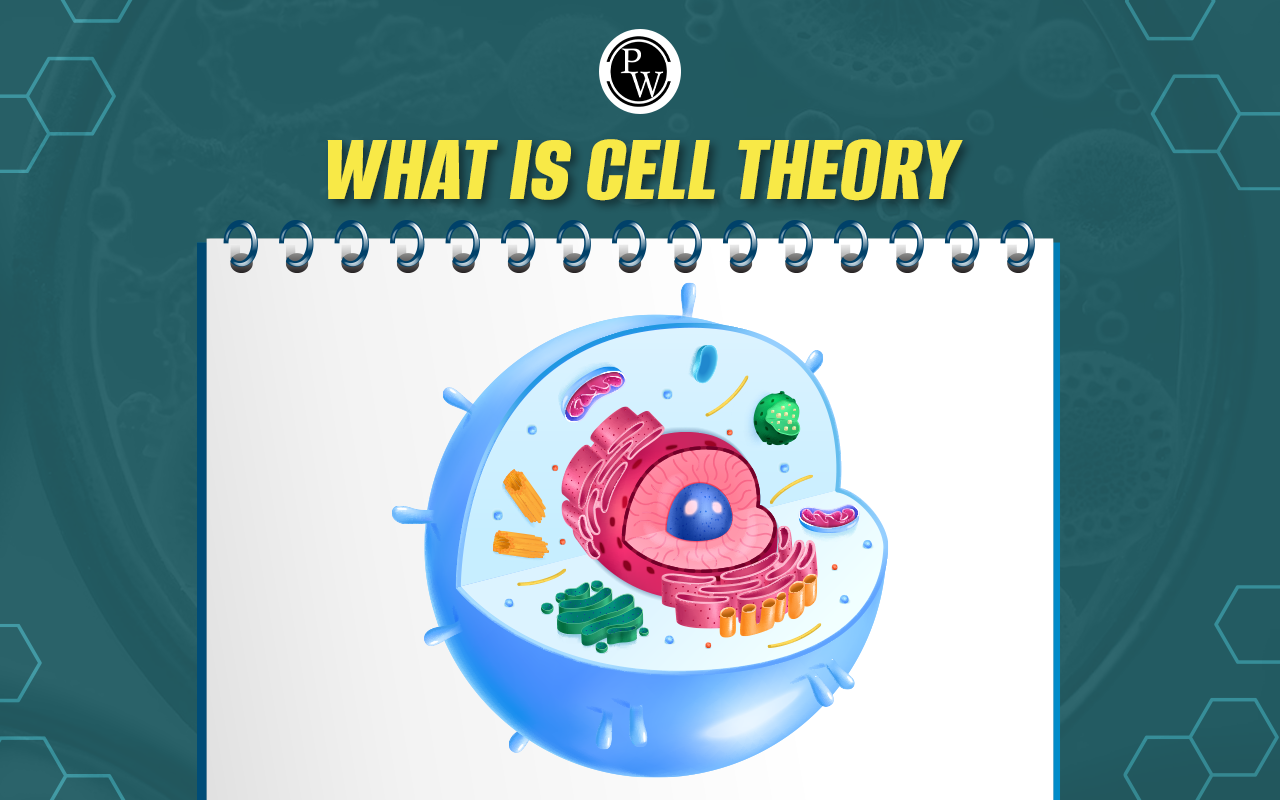
Difference Between Globular and Fibrous Protein: Proteins are amino acid-based compounds ubiquitous in the human body. Proteins are formed by linking amino acids in long, chain-like structures. Because proteins comprise smaller structural units, they are classified as polymers or macromolecules. Proteins are essential for various bodily functions, aiding in the smooth operation of various processes.
Proteins facilitate functions such as DNA replication, molecular transportation, structural equilibrium maintenance, responsiveness to stimuli, and metabolic reaction facilitation. Proteins are classified based on their amino acid sequence and structural and functional properties.
Protein structures are classified into four levels: primary, secondary, tertiary, and quaternary. Proteins can be divided into three types based on their function: fibrous, globular, and membrane proteins. This article details the difference between fibrous and globular proteins.
Difference Between Globular and Fibrous Protein Overview
Globular proteins are spherical, compact structures that readily dissolve in water. They are primarily associated with metabolic processes and frequently serve enzymatic functions. Fibrous proteins, on the other hand, exhibit an elongated, thread-like morphology and are insoluble in water. These proteins mainly provide structural support that imparts mechanical strength to various tissues and organs.
Fibrous proteins are linear, thread-like molecules arranged in parallel fashion to form fibers. The polypeptide chains within them are interconnected through hydrogen bonds and some disulfide bonds at multiple points. Due to strong intermolecular forces, fibrous proteins are insoluble in water and stable in moderate temperatures and pH changes. They are the primary structural components of animal tissues, including keratin in skin, hair, nails, and wool; collagen in tendons; fibroin in silk; and myosin in muscles.
Globular proteins, in contrast, have a nearly spheroidal shape due to the folding of the polypeptide chain around itself. This folding configuration positions hydrophobic (non-polar) regions inward and hydrophilic (polar) regions outward. Globular proteins are water-soluble and highly sensitive to temperature and pH changes. Enzymes and many hormones are globular proteins.
| NEET Biology Syllabus | NEET Biology Diagrams |
| NEET Biology MCQ | NEET Biology Chapter wise Weightage |
| NEET Biology Notes | NEET Previous Year Question papers |
Difference Between Globular and Fibrous Protein
Two distinct protein categories in living organisms are globular and fibrous proteins. Globular proteins have a compact, three-dimensional structure and are water-soluble. They perform various functions, including catalyzing enzymatic activities, aiding transport processes, and regulating cellular activities. Fibrous proteins, on the other hand, are insoluble and have an elongated, thread-like structure. Their primary function is to provide structural support, strength, and flexibility to cells, tissues, and organs.
Enzymes and antibodies are examples of globular proteins, whereas collagen and keratin are fibrous proteins. The table below summarizes the key difference between globular and fibrous protein.
| Difference Between Globular and Fibrous Protein | ||
| Feature | Globular Protein | Fibrous Protein |
| Shape | Compact, spherical, or globular | Elongated, thread-like, or fibrous |
| Solubility | Highly soluble in water and other polar solvents | Insoluble or poorly soluble in water |
| Function | Primarily functional: enzymes, antibodies, hormones, carriers, regulators | Primarily structural: supporting tissues, providing tensile strength |
| Structure | Polypeptide chain folds extensively, forming well-defined pockets and grooves | Polypeptide chain aligns in parallel or anti-parallel bundles, lacking distinct pockets or grooves |
| Amino Acid Composition | More polar amino acids (serine, threonine, etc.) | More non-polar amino acids (valine, leucine, etc.) |
| Examples | Hemoglobin, insulin, antibodies, albumin, lysozyme | Collagen, keratin, elastin, myosin, fibrin |
| Subtypes | Alpha, beta, gamma, omega | Collagenous, keratinous, elastin, fibrous myosins |
| Tertiary Structure | Highly complex and crucial for function | Relatively simple and repetitive |
| Sensitivity to Changes | More sensitive to changes in pH, temperature, and other environmental factors | Less sensitive to changes in pH, temperature, and other environmental factors |
| Associated with | Metabolic processes, signal transduction, immune system, transport | Cell shape, movement, strength, elasticity |
Globular Proteins
Globular proteins are water-soluble and approximately spherical. They possess a compact structure that is stabilized by hydrophobic interactions and hydrogen bonds. These versatile proteins serve multiple functions, including forming enzymes, cellular messengers, and amino acids. In contrast, fibrous proteins primarily serve as structural elements. The highly branched or coiled structures of globular proteins play a crucial role in transporting essential nutrients, such as oxygen through hemoglobin.
The structure of a globular protein molecule encompasses four levels: primary (a sequence of amino acids), secondary (a spring-shaped helix formed by the amino acid sequence), tertiary (a string of spring-shaped helices derived from the amino acid sequence), and quaternary (a bundle of strings of spring-shaped helices derived from the amino acid sequence).
Examples of globular proteins include hemoglobin, immunoglobulins, insulin, and the milk protein casein. Globular proteins are involved in synthesising amino acids and forming chemical messengers such as hormones. Globular proteins are essential for the creation of transporters that facilitate the movement of particles across cell membranes. Myoglobin is a globular protein that is a major component found in muscles.
Fibrous Protein
Fibrous proteins, which are insoluble in water and have a long, thin shape with a repeating arrangement of amino acid residues that form structural units, play a vital role in developing anatomical solid structures. These proteins help to form tough tissues such as connective tissue, tendons, and muscle fibers.
Collagen, a major component of connective tissue, is a prime example of the importance of fibrous proteins in providing structural integrity. Fibroin, another fibrous protein, is responsible for silk production by silkworms and spider webs.
Additionally, fibrous proteins are essential for generating movement in muscles and tendons at joints. Fibrous proteins have high resistance to enzymatic digestion and exceptional tensile strength. They are often called scleroproteins and typically appear as rods or wires. Their varied functions and structures demonstrate their significance in supporting the biomechanical framework of living things.
Physics Wallah, one of the top choices for NEET online coaching , is committed to providing comprehensive and effective coaching to help NEET exam aspirants excel in their preparations. Enroll now in Physics Wallah online coaching to prepare for the upcoming Neet Exam.
Difference Between Globular and Fibrous Protein FAQs
What distinguishes globular proteins from fibrous proteins? .
What characterises fibrous proteins in Class 12 chemistry?
What commonalities exist between fibrous and globular proteins?
Can you provide examples of a globular and fibrous protein?
Is hemoglobin categorized as a globular protein?










